Introduction
Advances in digital photography are solving more and more of the technical challenges either in camera e.g. 61 point autofocus systems or in post production e.g. Lightroom/Photoshop. If we all stood in front of the Grand Canyon, we’d all probably come away with some ‘decent’ shots. But how many would be that different and which photographers would stand out a mile from the thousands of others?
When we’re first setting out in photography and going into a new area, just getting the photographs to look ‘good’ is our prime focus but, once we get comfortable with the mechanics, then we should be looking for that something extra in our work and that’s a personal style. Of course, for the great photographers, their style is developed day every day year on year but it’s something that all of us can work on.
What is Style
Dictionary.com defines style as ‘A particular, distinctive characteristic mode or form of execution, construction, appearance of a visual work…’ Pick up a book by one of the masters and you’ll see a coherence (style) amongst the photos (irrespective of the subject matter) that define that photographer.
We can identify particular elements that make the photo look the way it is e.g. contrast, lighting, depth of field etc but there’s also something else and that’s the photographer themselves. Photography is (despite all the gear and tools) an art, and art is how the artist sees the world and the things in front of him or her. For me, that means really thinking about what I’m photographing and seeing what new elements I can incorporate into my own work.
Thinking More about Photography
For many years, I went out to take photos without much of a game plan. Quite often, I’ve been disappointed with the results, not because they’re ‘bad’ photographs but just that they were just so similar to everyone else’s. Nowadays I aim to go out with a specific focus whether working on mini challenges or on larger personal projects. I have different aims for each but the key is to think about what I’m doing and to be looking actively to create something different.
Mini Challenges
These range from 10mins to a couple of hours and the basic formula is:
- They don’t require any special equipment; just a camera with one lens or an iPhone
- I introduce one new element into my photography or work on one new thing
- They are local; if it doesn’t work out, the cost (in both time and money) is minimal
Here’s some examples of mini challenges, I’ve set for myself recently.
- Watch/read an interview with a famous photographer, take one idea away and try it out in a 30 minute period.
- Waiting for someone, a train, bus, plane – what can you shoot within 20 yards of your current location in 10 minutes on your iPhone?
- Find a painter/painting you like. Shoot and edit in that style (1 hour shoot, 1 hour edit).
- Pretend you have a 35mm film camera and limit yourself to 36 shots. If you have a real film camera, even easier!
- Pick a descriptive word at random out of a magazine e.g. ‘angry’, ‘red’, ‘cold’ and walk around your local area taking photos on that theme.
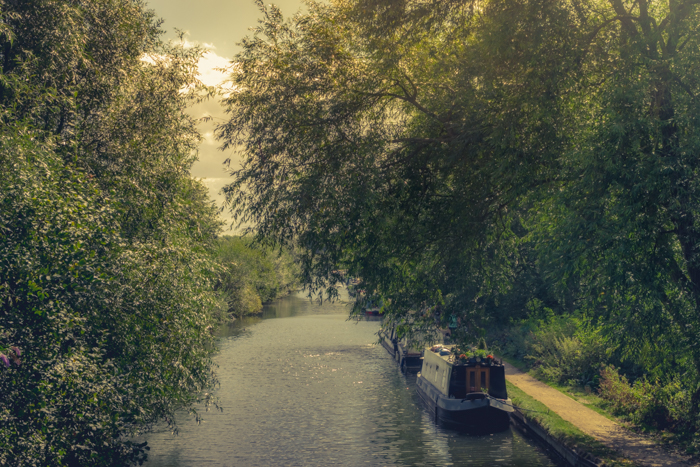
River Lee – creating a landscape painting feel to an image
The common theme with all of them is to limit myself as much as possible. By doing so, I then need to use my creative muscles to come up with ‘something’.
In the process of doing something different, I try out new things. If it doesn’t work, it’s not a huge loss and if it does, then I might incorporate it into a personal project or, given the right circumstances, client work.
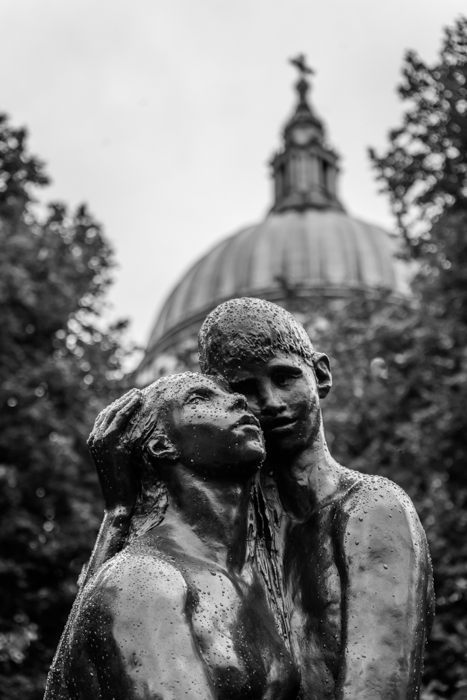
The Lovers, St Pauls, London – limiting myself to 36 images forces me to seek out the optimum angle before pressing the shutter
Personal Projects
Personal projects tend to be longer or ongoing affairs. I’m aiming to develop a coherent series of pictures so it’s less about experimentation and more about purpose. Over time, I’ve come up with a set of questions that help me think more deeply about what I’m doing.
- Why am I photographing this?
- What attracts me to this subject?
- What do I feel about the subject?
- How does this influence what I’m doing?
- Which photos should I take and which shouldn’t I bother with?
- What do I want people to take away from my pictures?
At a superficial level, these may seem ridiculous but the more I think about them and the deeper I get into a subject, the more it informs what I want to do and how I go about it. As an example, I’m finishing off a project on the trams of Lisbon. They’re not difficult to photograph and if you go to a stock library, you’ll find thousands of uninspiring pictures. My first few attempts were no different, but answering my own questions started to give me a more focused purpose.
I’m attracted by the colour and light of the city and there’s nothing more colourful than the trams. For me, they are the connection between the people of Lisbon (tourists and locals) and the wonderful architecture. These feelings are pushing me to look for something extra in each photo in composition.
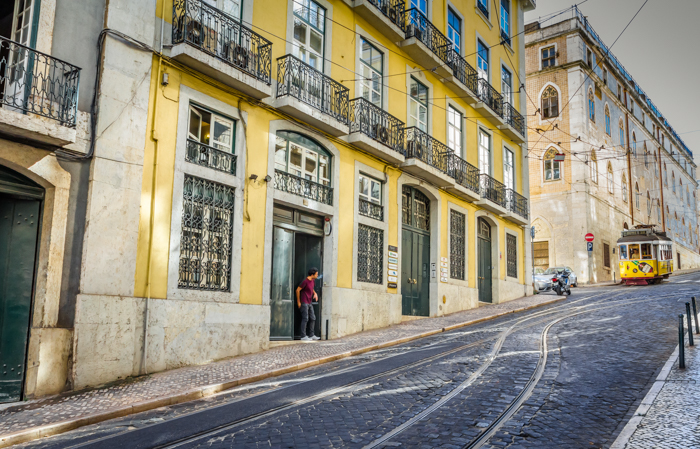
Chiado, Lisbon – I composed the shot and waiting for the trams and people to populate the scene.
In post-production, I’ve been working on bringing out the colour in the scenes especially through split toning. I’d like to think they’re coming across differently from the standard shots people take.
Ultimately I’m aiming to get across my love of the city through my photos and I hope it shows as I’ll be using this project as the basis for my Royal Photographic Society Associateship qualification panel next year!
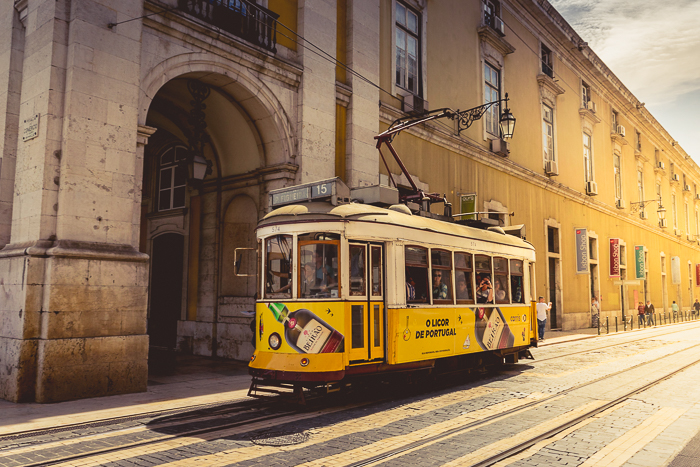
Praça de Comercio, Lisbon – the addition of subtle split toning and sunflare add warmth back to the photo.
Conclusions
Mini-challenges and personal projects keep things fresh and bring new things into my photography. Above all, it’s more of a challenge and often more fun than just wandering around with a camera and waiting for inspiration.
I can’t claim greatness but I can look at my development over the years and see that my photos are both better technically and somehow have more of a consistent feel about them. I certainly feel there is more of me invested in them.
Whatever your level, I hope that this might give you some ideas on how to develop your own personal style. I’d be interested to know what things other people do to work on this aspect of their photography.
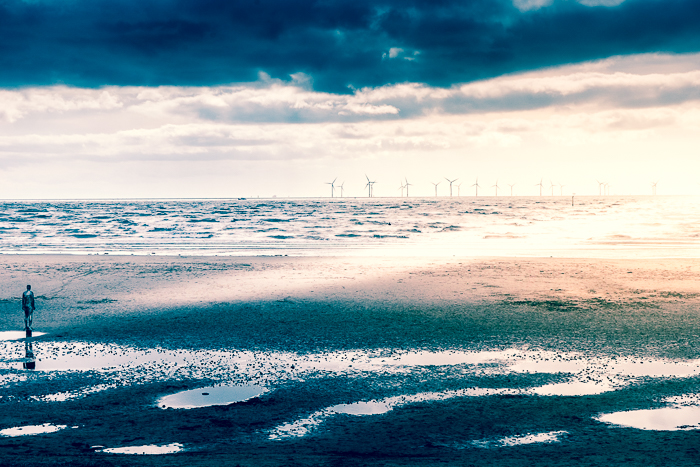
Crosby Beach, Liverpool – Experimenting with Lightroom and Photoshop gives you the ability to push photos way beyond what was captured in the original shot

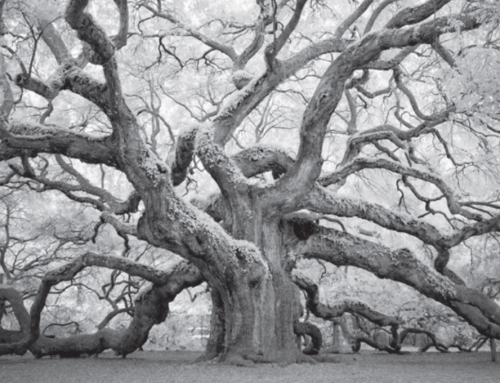
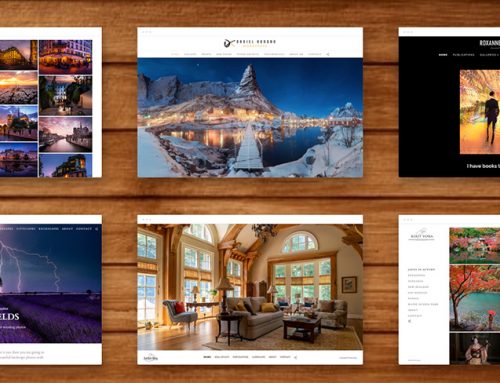
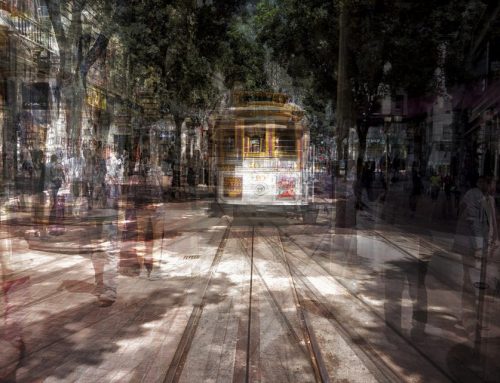
Love your take on this, it makes so much sense. I know I aim more to take a perfect picture in the eyes of the viewer instead of taking the perfect picture in my eyes which will in turn entice the viewer.
THANK YOU.